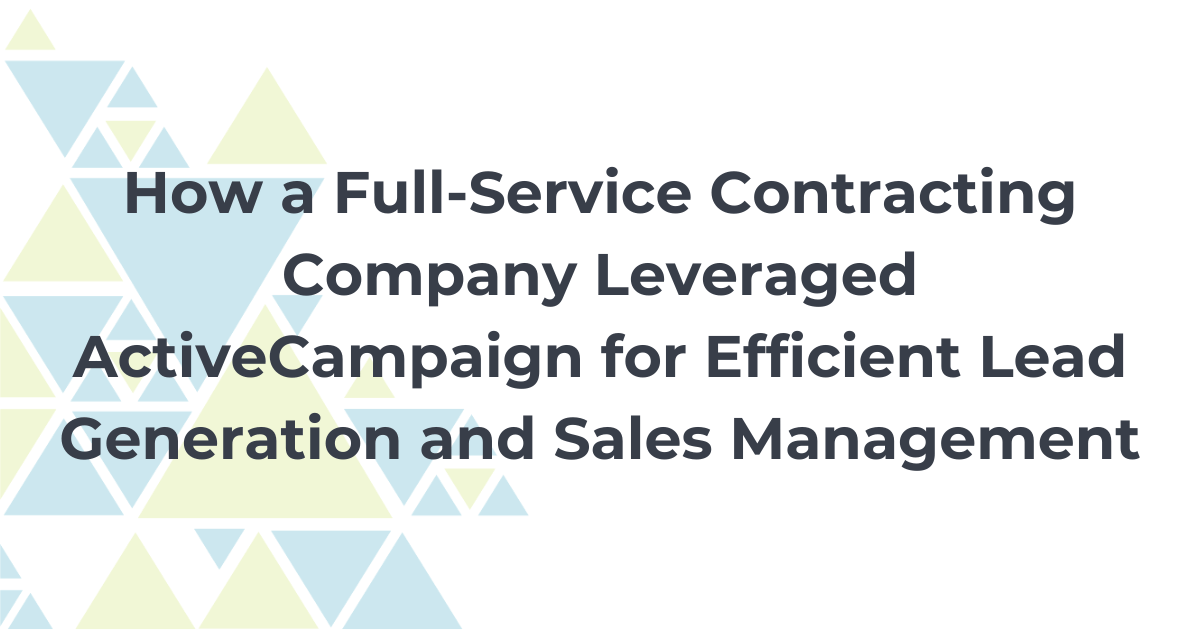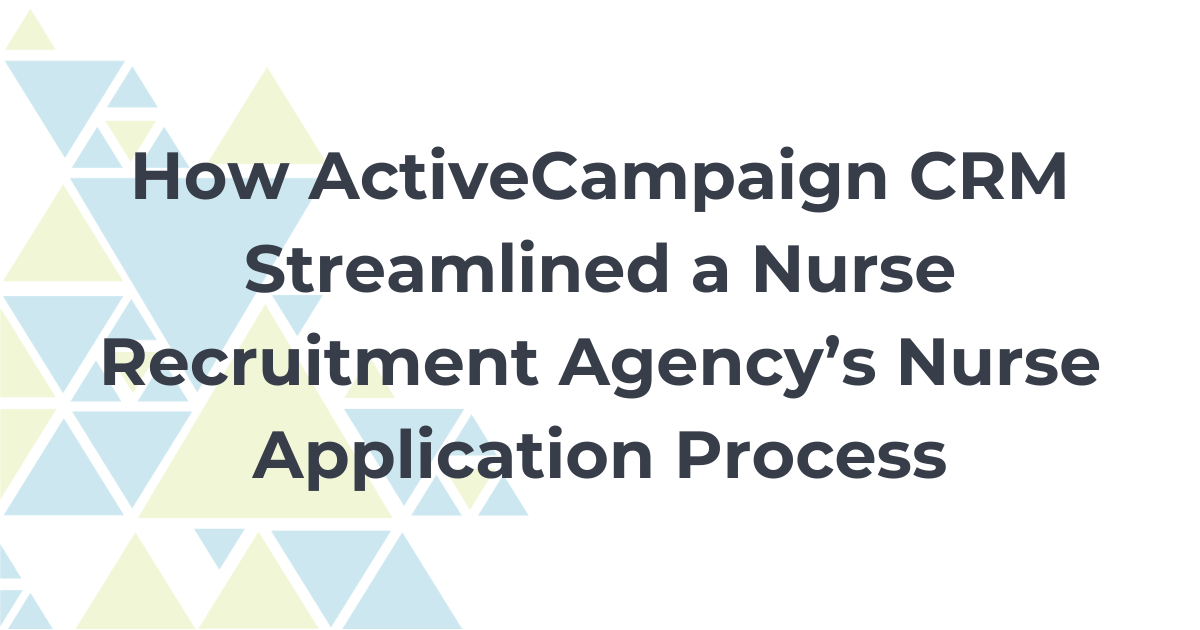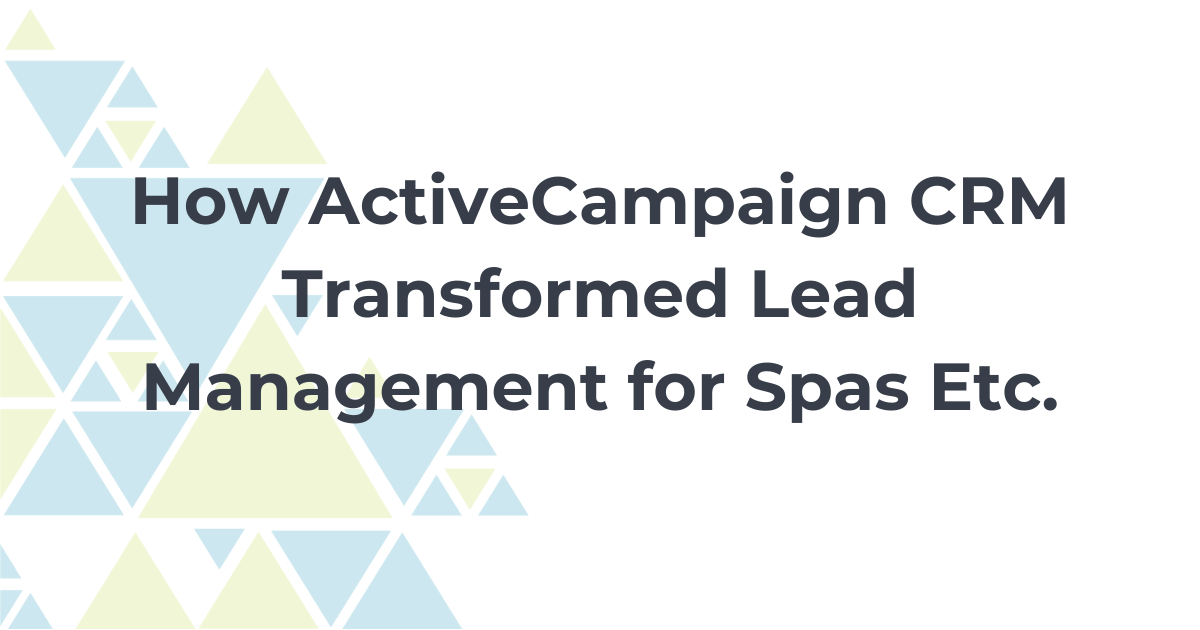Sometimes, when we commit to something, it’s really fun and exciting at first. We are sure we are ready! That we can do this!
But then a few weeks down the road, life happens, and it gets harder to stay focused. It’s easier to be “too busy” to finish what you started and postpone it…
And then, all of that investment (time + money) you started with, goes down the drain.
Can you relate to this feeling? Your learners can relate to it as well!
In this vlog, I am going to help you identify five ways in which you can hold your audience accountable for their learning and assist them to maintain their motivation through the completion of your product!
Making a Commitment
It’s the new year and resolutions are in full effect. While I don’t personally create resolutions (I prefer to participate in continuous goal planning and action tracking), I see it happen all around me.
“I’m going to lose 15 pounds.”
“I’ll enroll in the program so that I can start my business this year!”
“This is the year I will finally launch…(fill in the blank).”
According to Forbes, some estimates say more than 40% of Americans—make New Year’s resolutions; but, the University of Scranton research suggests that just 8% of people achieve their New Year’s goals.
I’ve done this many times myself, New Years or not. Whether it be enrolling in a new program that I expect will propel me forward or the idea that I’m going to go gluten-free for good.
Initially, when I decide this I am super excited. I have new momentum, new energy, a chance for a clean slate!
…But then I start to feel nervous about it being different and out of my comfort zone that I am so used to…
Sometimes, I feel really proud of myself for committing to change! After all, it’s my life, and I’m ready to take action!
…But then feel a little unsure and insecure… should I really spent the money/take the time/etc. to do this?…
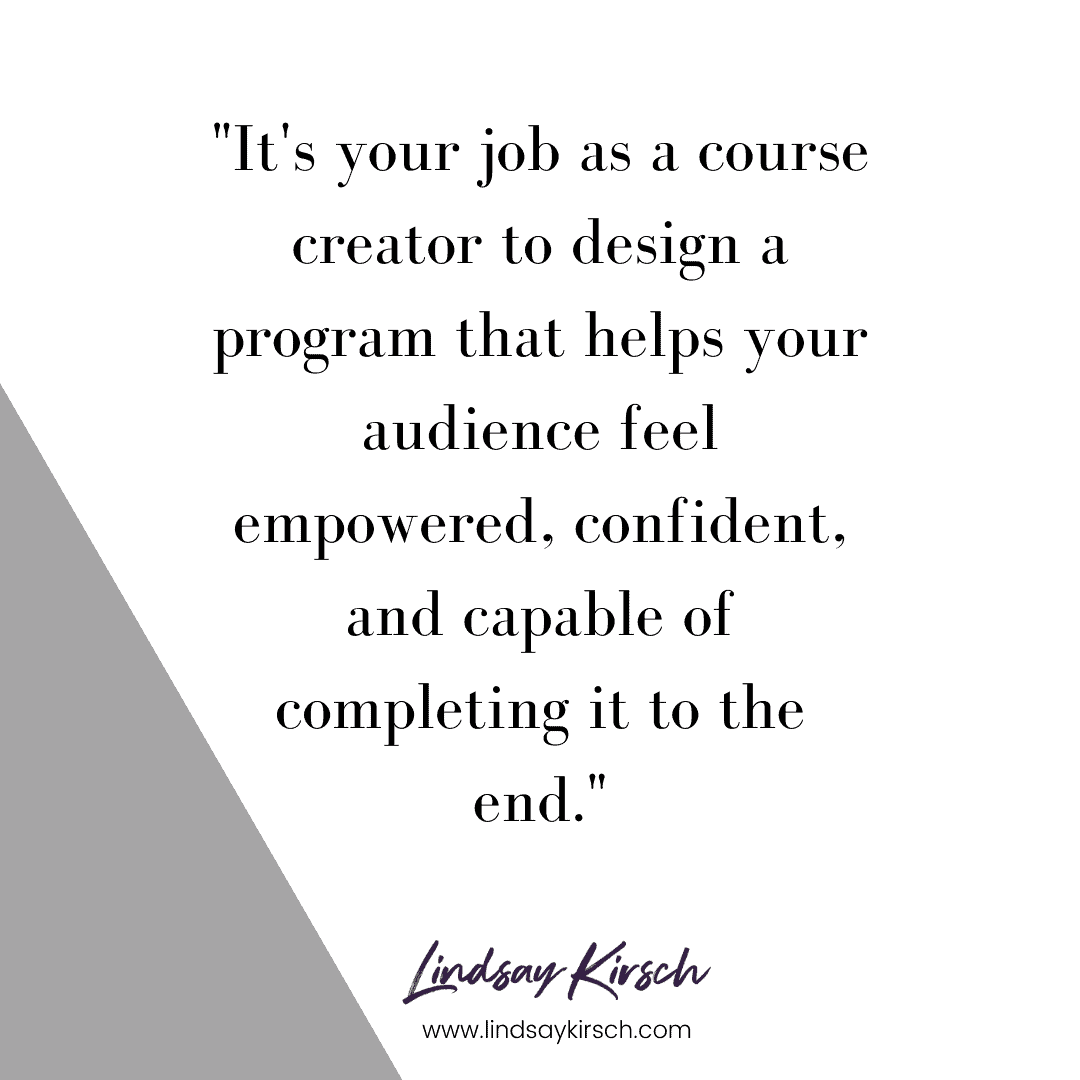
Standing on Your Own Two Feet
It’s ok to feel any of these things! In fact, it’s totally normal! If you are about to go on a wild adventure… and out of your safety zone, I personally think it would be a little weird if you didn’t feel these things at all!
But it’s really important to remember when your audience decides to make a purchase from you and enroll in one of your programs, they are likely going to have these feelings too.
They just committed to learning something and to do something different. They are going out of their comfort zone, with their trust fully on you.
It’s your job as a course creator to design a program that helps your audience feel empowered, confident, and capable of completing it to the end.
Because if they don’t complete it, they are going to be just another statistic of a person that didn’t fulfill a commitment. And basically, someone who doesn’t complete your product isn’t going to be a good reference for future sales. This isn’t good for your customer, and it’s not good for you.
When your audience doesn’t complete your course, they aren’t helping you to grow your business market authority. They can’t go out and tell all their friends how great your program was, or what they got out of it… because they never finished it.
Your audience, they needed your support, guidance, and community to stay focused and on track, and committed to their goals. It’s your job, to help develop personal accountability.
And when you do this, you will be reward with delighted and highly satisfied customers!
Why Is Responsibility So Important In Life?
Personal accountability is the belief that you are fully responsible for your actions and consequences. It’s a choice, a mindset, and an expression of integrity. Some individuals exhibit it more than others, but it can and should be learned as it is not only the foundation for a successful life but also a prerequisite for happiness.
Yes, your audience does decide to enroll in your program, and some are going to be more motivated than others. But what can you do to create a delightful experience so that you can help guide them on the path to success and create student ownership of their own learning?
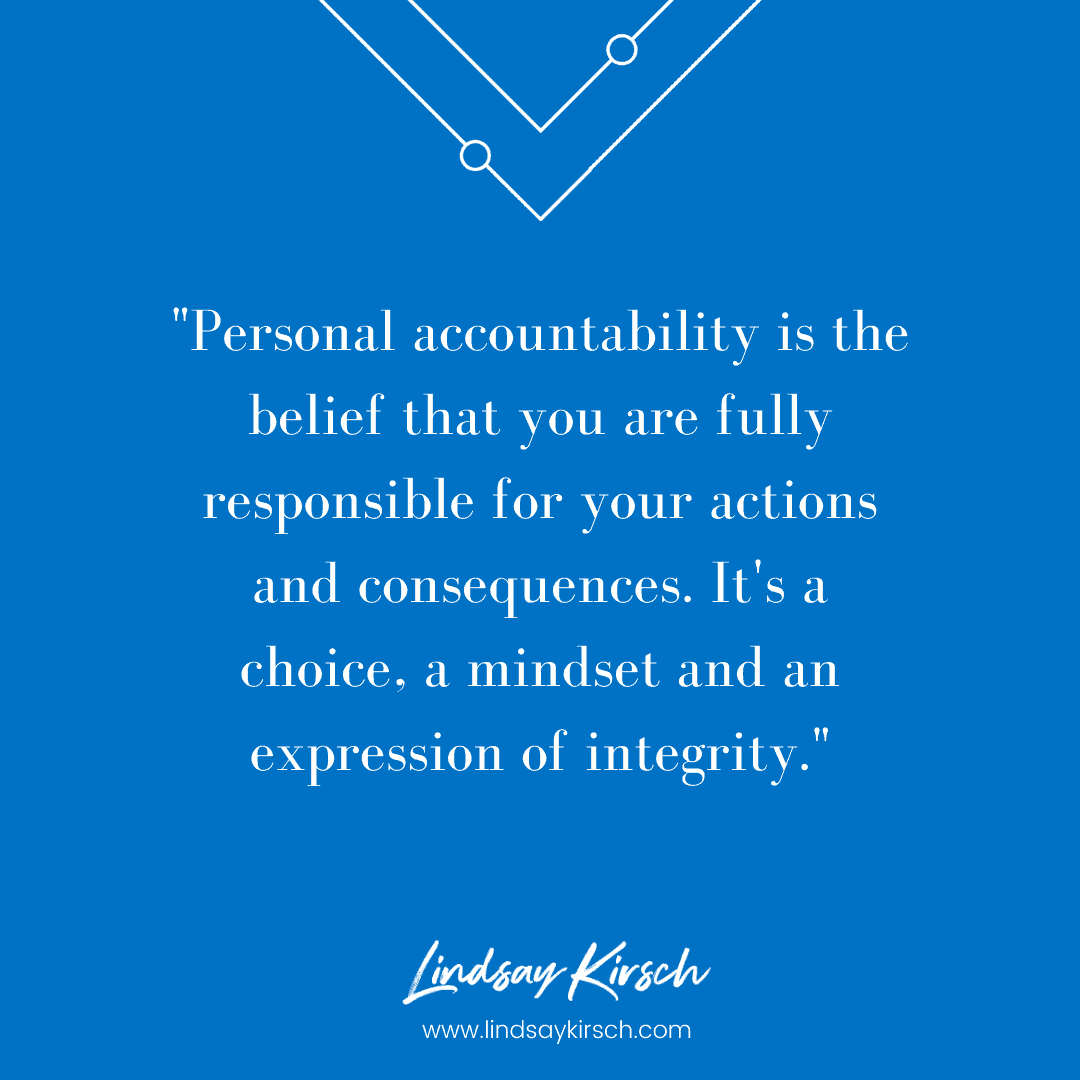
5 Ways to Create Learner Accountability
1. Design a personal contract
Design a program contract that your learners can complete upon enrolling in your digital course. It should include a statement as to what they hope to achieve and their WHY for enrolling.
Additionally, on the learning contract, require your participants to create a schedule identifying how much time and when they will be spending on your program each week.
I always recommend that my participants share their completed program contract with someone who helps support them; whether it be a significant other, family, or even their kids. Your support system can help you when are struggling to find the time, or need some extra help, even if it’s just to bring you dinner.
The program contract can be printed out and hung up in a place where the user will see it every day, multiple times a day. It will help remind them of their commitment and they WHY for starting.
2. Encourage learners to announce their commitment publicly
The Association for Talent Development did a study on accountability and found that you have a 65% greater chance of completing a goal if you commit to someone.
Encourage your participants to stand up tall on their own two feet and share the adventure that they are about to go on in a public avenue; whether it be through social media, a local organization they attend (such as Toastmasters), or their friendship circle.
When an individual knows that other people know they are committed to something, they are more than like to stay on track because their friends will be asking them how it’s going.
3. Offer an action plan
An action plan is a list or sequence of tasks that will assist your audience in identifying current and future tasks.
A well-crafted action plan will guide your audience through your program with clarity and ease. The expectations will be clear, and your customers will be able to work and schedule their plans. Knowing what the focus is on today, will help reduce the feelings of being stuck, or having stress and anxiety about what is to come tomorrow.
Create a program action plan that outlines the lessons, activities, and discussions that need to be completed each week of your course, along with corresponding time estimates and due dates.
Provide the action plan in an electronic format (such as a PDF) that they can use on their computer or print out and keep nearby.
4. Create a community
Social learning is the idea that people can learn from one another, not necessarily just an instructor. Through communities, you can help facilitate an extended learning experience for your audience, beyond basic course materials.
The ability to help someone learn through one-to-one relationships does not need to come from a teacher, tutor, or expert. It only needs to be someone with more knowledge and skill. As a result, it has profound implications for academics and the workplace.
Creating a community around your program allows participants at every level; both newbies and veterans participate in group discussion, problem-solving, and even personal/social chat.
Allowing individuals of your community to help each other not only reduces the burden of your support, but it also allows others to raise their own knowledge and experience.
As an instructor, you may provide discussion prompts based on the content as well as allow your participants to engage with each other on their own.
Help create personal connections encouraging all to share and support each other.
Finally, a learning community can help people who feel stuck or alone. Feeling a part of something larger than just themselves will help provide your learners with additional motivation and inspiration.
5. Provide continuous learning experiences
Take your learning beyond just your lessons. Give your audience the opportunity to learn beyond the length of the program.
Within your community, allow your learners to continue to learn and grow. Provide your veterans with the opportunity to interact and assist newbies and newbies the opportunity to see the work that veterans have created.
For example, if you have a Facebook group for your program, allow lifetime access for all members. This allows both newbies and veterans of your program to co-mingle, share and encourage each other to stay on track.
Create Individual Motivation
Using the five ways to create learner accountability above, help your audience understand and embody personal accountability for their learning and successful completion of your program.

